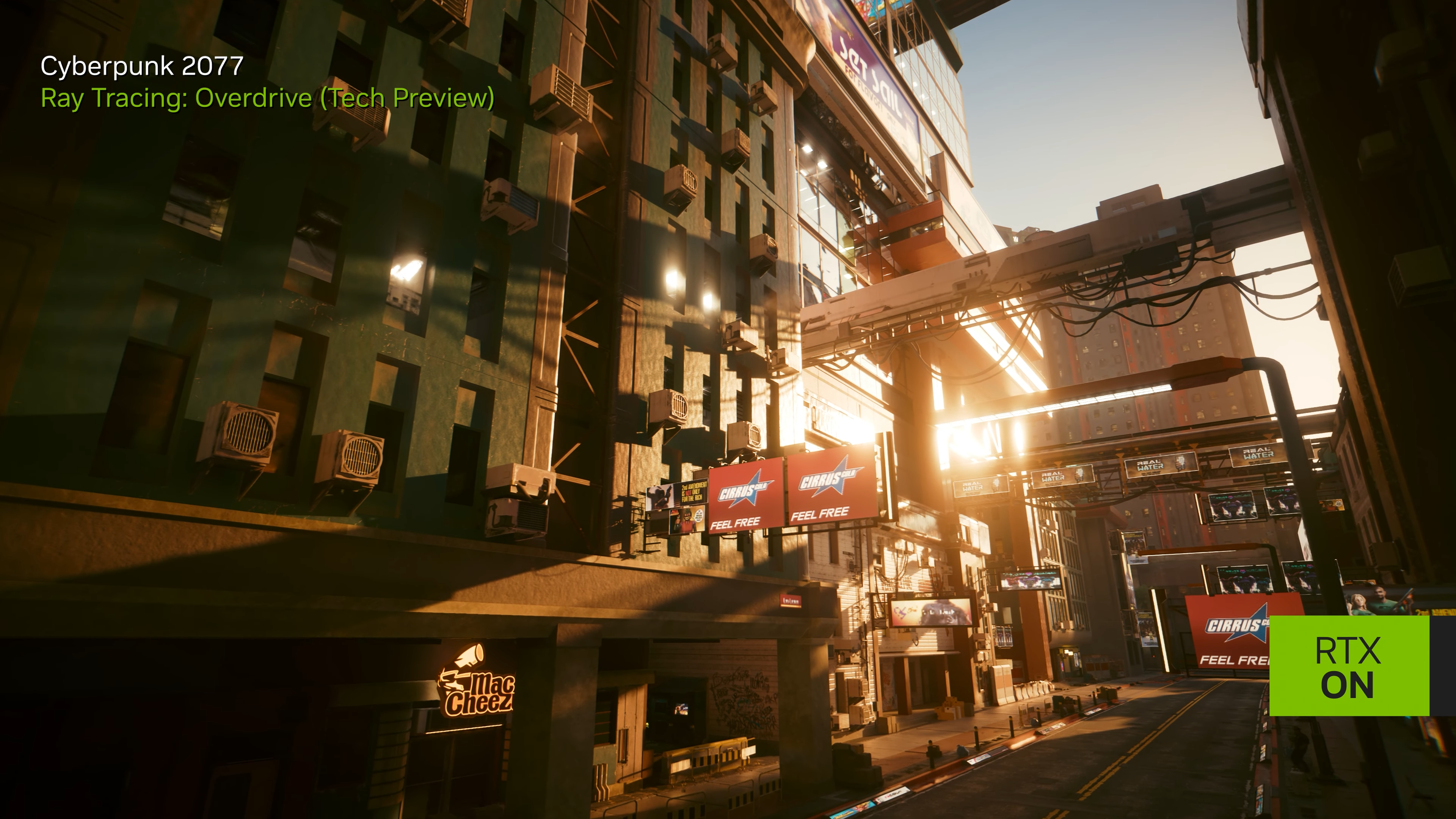Nvidia Says Native Resolution Gaming is Out, DLSS is Here to Stay

Digital Foundry recently posted a roundtable discussion video featuring Jakub Knapik from CD Projekt Red and Jacob Freeman and Bryan Catanzaro from Nvidia discussing the implications of Nvidia's DLSS 3.5 technology in Cyberpunk 2077, as well as the general advantages of AI-generated upscaling and rendering.
During their discussion with Digital Foundry's Alex Battaglia and PCMR's Pedro Valadas, Bryan Catanzaro — Nvidia's VP of Applied Deep Learning Research — stated that native resolution gaming is no longer the best solution for maximum graphical fidelity. Catanzaro went on to say that the gaming graphics industry is headed toward more significant reliance on AI image reconstruction and AI-based graphics rendering in the future.
Catanzaro's statement was in response to a question from Valadas regarding DLSS and whether Nvidia planned to prioritize native resolution performance in its GPUs. Catanzaro pointed out that improving graphics fidelity through sheer brute force is no longer an ideal solution, due to the fact that "Moore's Law is dead." As a result, Catanzaro explained, smarter technologies like DLSS need to be implemented to improve graphics fidelity and circumvent the otherwise low gen-on-gen performance improvements seen in todays graphics hardware.
In the case of Cyberpunk 2077, both Valadas and CD Projekt Red's Jakub Knapik said that full path-tracing would have been impossible in that game without all of DLSS's technologies — especially in terms of image upscaling and frame generation. They also noted how DLSS smartly added more performance headroom to modern GPUs, allowing Cyberpunk 2077 to run full realistic light simulation in real-time, outputting a far more realistic and detailed-looking image compared to rendering games the traditional way.
When asked about the future of machine-learning in gaming graphics, Catanzaro said that DLSS/AI will eventually be able to replace traditional rendering entirely. Catanzaro continued by saying the industry has realized it can learn much more complicated functions by looking at large data sets (with AI) rather than by building algorithms from the ground up ("traditional rendering techniques").
Nvidia already showed us a glimpse of this future at NeurIPS 2018, where a driving demo was rendered entirely using AI.
Catanzaro's statement seem to confirm that the gaming world as we know it may be on its last legs. With the alleged "death" of Moore's Law, AI manipulation may be the only thing that continues to drive 3D graphics forward for the foreseeable future. Catanzaro's statements also subtly confirm that Nvidia plans to prioritize AI performance in future graphics cards to power AI frame rendering technologies like DLSS.
Get Tom's Hardware's best news and in-depth reviews, straight to your inbox.

Aaron Klotz is a contributing writer for Tom’s Hardware, covering news related to computer hardware such as CPUs, and graphics cards.
